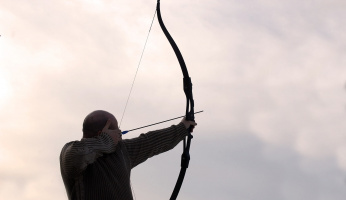Arrow Weight vs. Arrow Speed
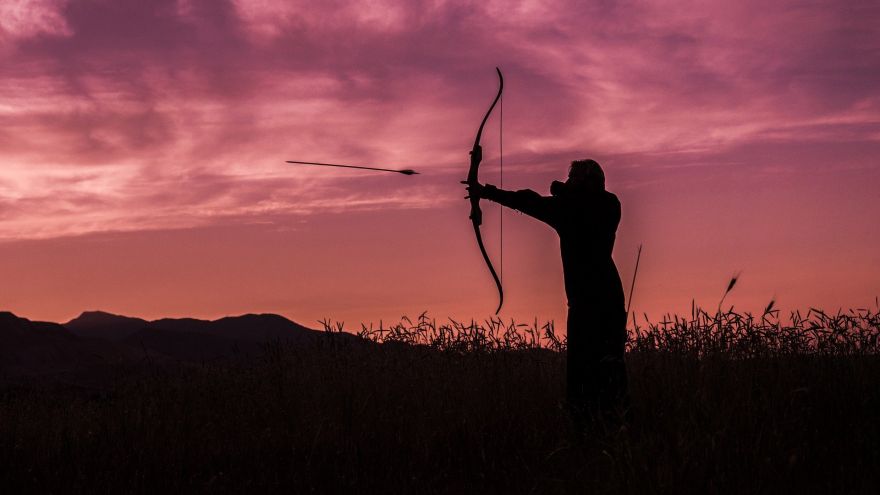 Arrow Weight vs. Arrow Speed
thegearhunt.com
Arrow Weight vs. Arrow Speed
thegearhunt.com
Aside from maybe broadhead styles and best bow company, arrow weight vs arrow speed is a highly debated topic in the archery world. Both highly important and highly dependent on many factors, including what your planned hunt is, your cost tolerance as a shopper, and how you hunt. Here are some important factors that you’ll need to keep in mind.
Important Factors and pitfalls
- Inverse Relationship
Arrow weight and arrow speed have an inverse relationship to each other, being that as arrow speed goes up, typically arrow weight goes down, and vice versa. Additionally, the pros of one are the cons of the other. These factors of course can be influenced by your bow’s draw weight and draw length, however for the sake of understanding let’s assume you won’t be changing your bow setup much.
- Your Bow’s Effect
As your draw weight increases, your bow will generate more energy and increase your arrow’s speed. Likewise, as your draw length increases (your string only, not including any d-loops) your arrow speed will also. The draw length really shouldn’t change drastically when your bow is fitted, but your poundage can be adjusted on the fly to help you tweak your arrow setup.
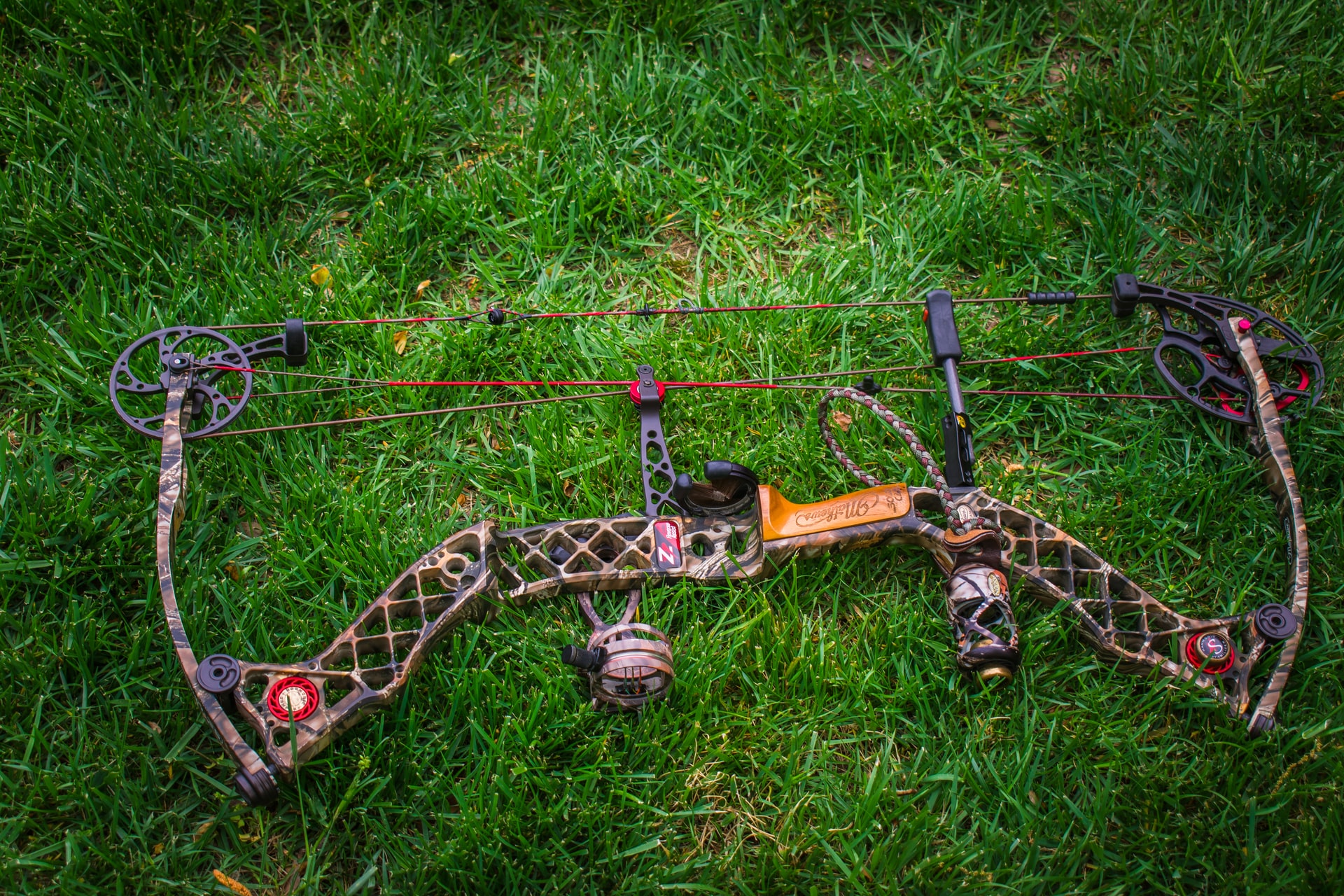
- Arrow Spine
The weight of your arrow and the energy your bow can transfer into it forces your arrow to flex when fired. As you increase your arrow weight and poundage/draw length, you will need to increase your arrow spine to make sure your arrow is stiff enough. This is an important factor because it limits what your setup can be when picking your arrow.
Most manufacturers only expect you to place either a 100 grain or 125-grain tip onto a standard aluminum insert on your arrow, and their spine charts will reflect that. If you are planning on adding more weight on the tip or overall, consider getting a stiffer spine arrow than you expect. Archers advantage is a great piece of software to invest in to help you understand how different factors affect your arrow, and a great way to help estimate your arrow set up ahead of time.
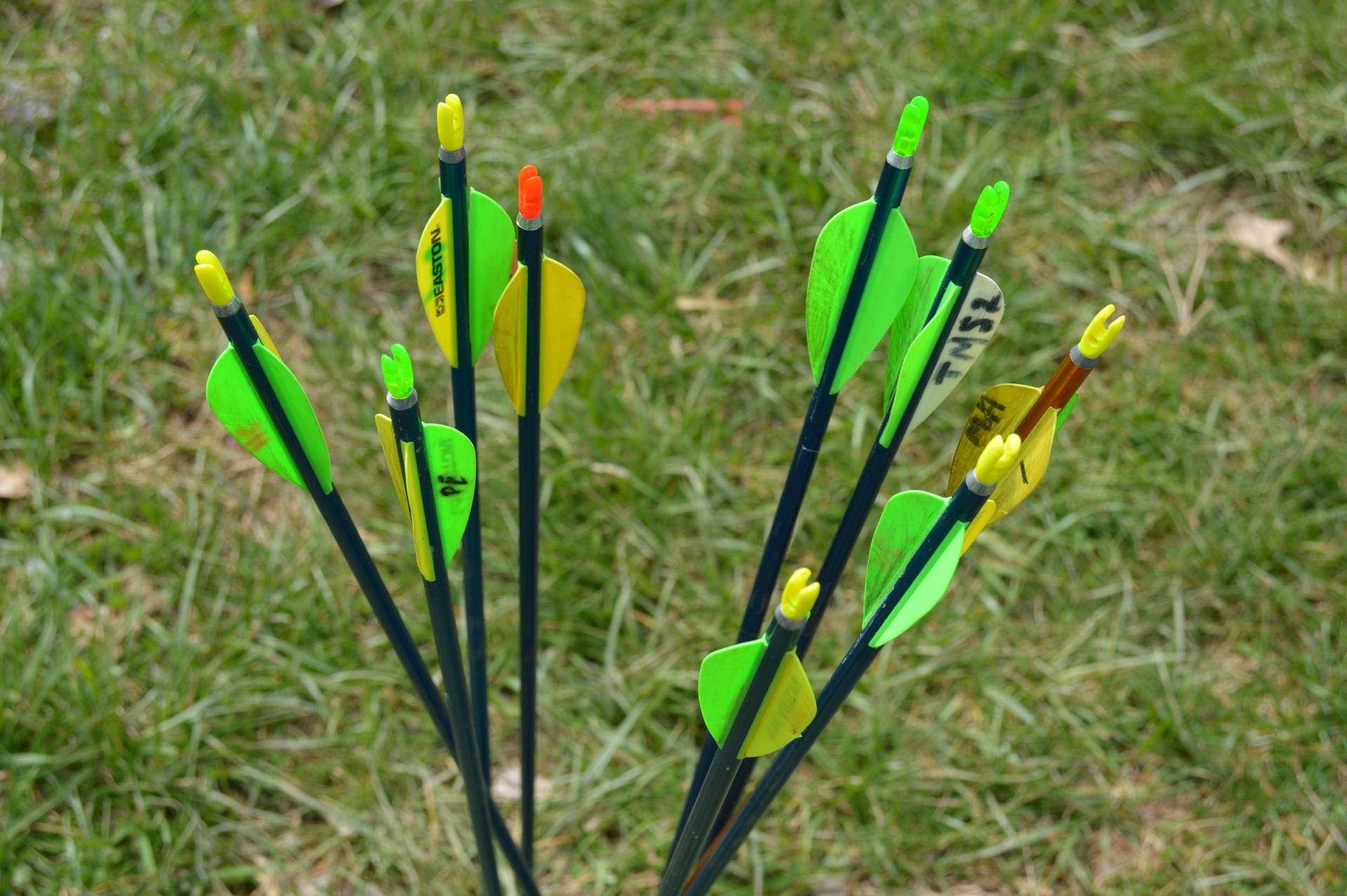
The best way to know how an arrow will perform, is to shoot it. Tinkering with arrows and arrow setups can be expensive to experiment with, consider purchasing arrows online in smaller bundles of 2-3 so you can experiment easier. Most archery shops require purchases in half-dozens and if you’re in-between spines on a spine chart, it’ll be expensive to have extra arrows laying around that you don’t use. Once an arrow is cut, it’s quite difficult to find a buyer to sell used to.
- F.O.C. (front of center)
Arrows typically should be given weight more towards the front of the arrow, through weighted inserts. Adding vanes and anything else will also change your weight and weight distribution. For hunting, a good range is between 13-15%, however, a recent trend has been to increase your FOC weight as much as possible to increase penetration.
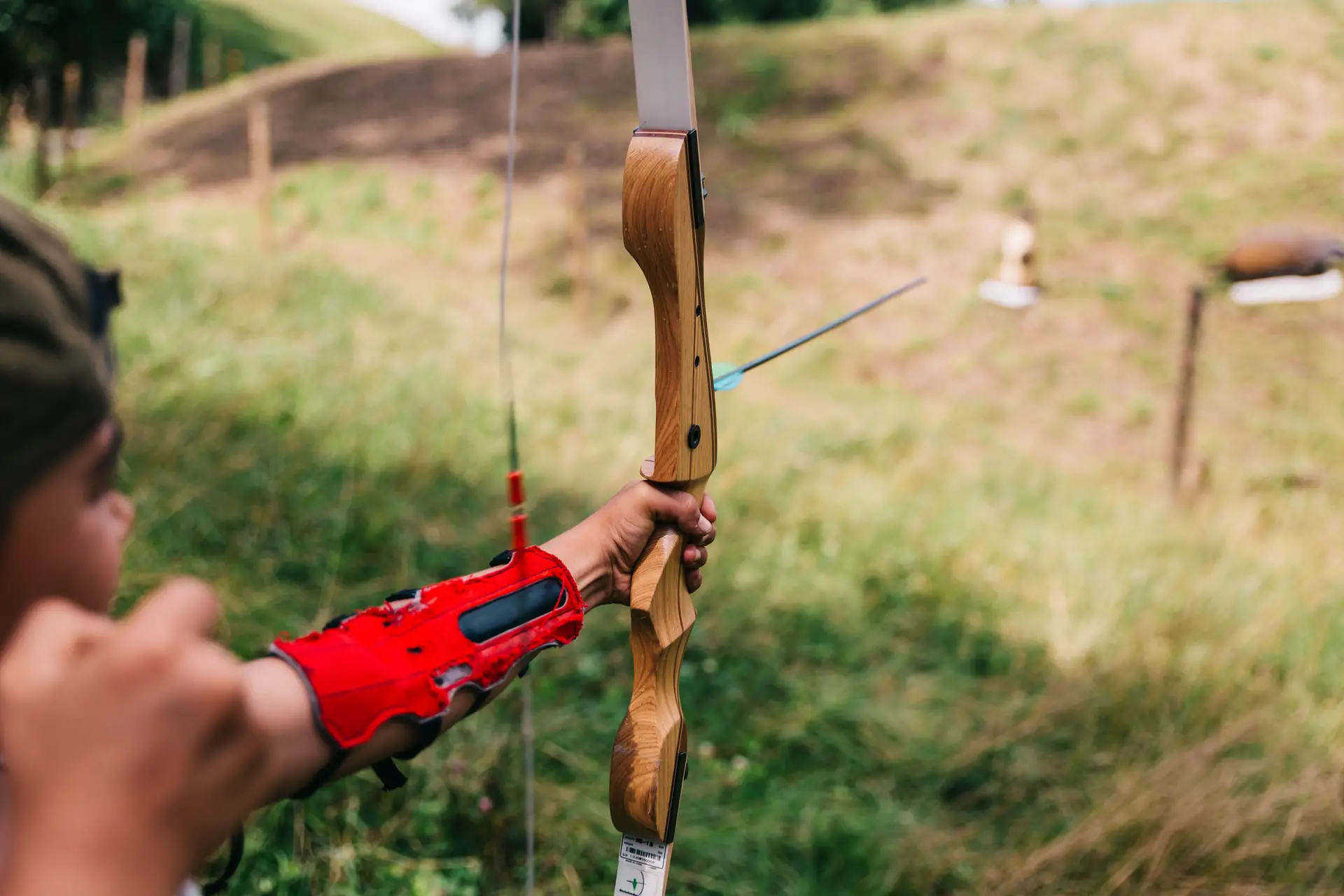
Increased Arrow Weight Pros
Increased momentum and kinetic energy
-
-
- These two factors increase your penetration and make sure your arrow will effectively and ethically harvest your target. An arrow that is not heavy enough risks not penetrating your target and causing an injury to an animal, something as hunts we should strive to avoid.
- Complete penetration on an animal also means your arrow will be more recoverable, if an arrow gets stuck in an animal, chances are you’re either never going to find it or it will break and be unusable.
-
- Arrow speed will also help this, but only at the mercy of your bow’s limitations and arrow configuration.
More stability
-
- A heavier arrow will be more stable during flight. Crosswinds will have less of an effect on your arrow since the weight will require more force to move. Fletching and broadhead choice also has a large effect on this, but a heavier arrow will help as well.
A quieter and more efficient bow
-
- The more energy a bow can transfer into an arrow, the fewer vibrations will be transferred into the bow, resulting in a quieter bow. Likewise, heavier arrows tend to tune easier so if you have a finicky bow, consider switching to heavier arrows.
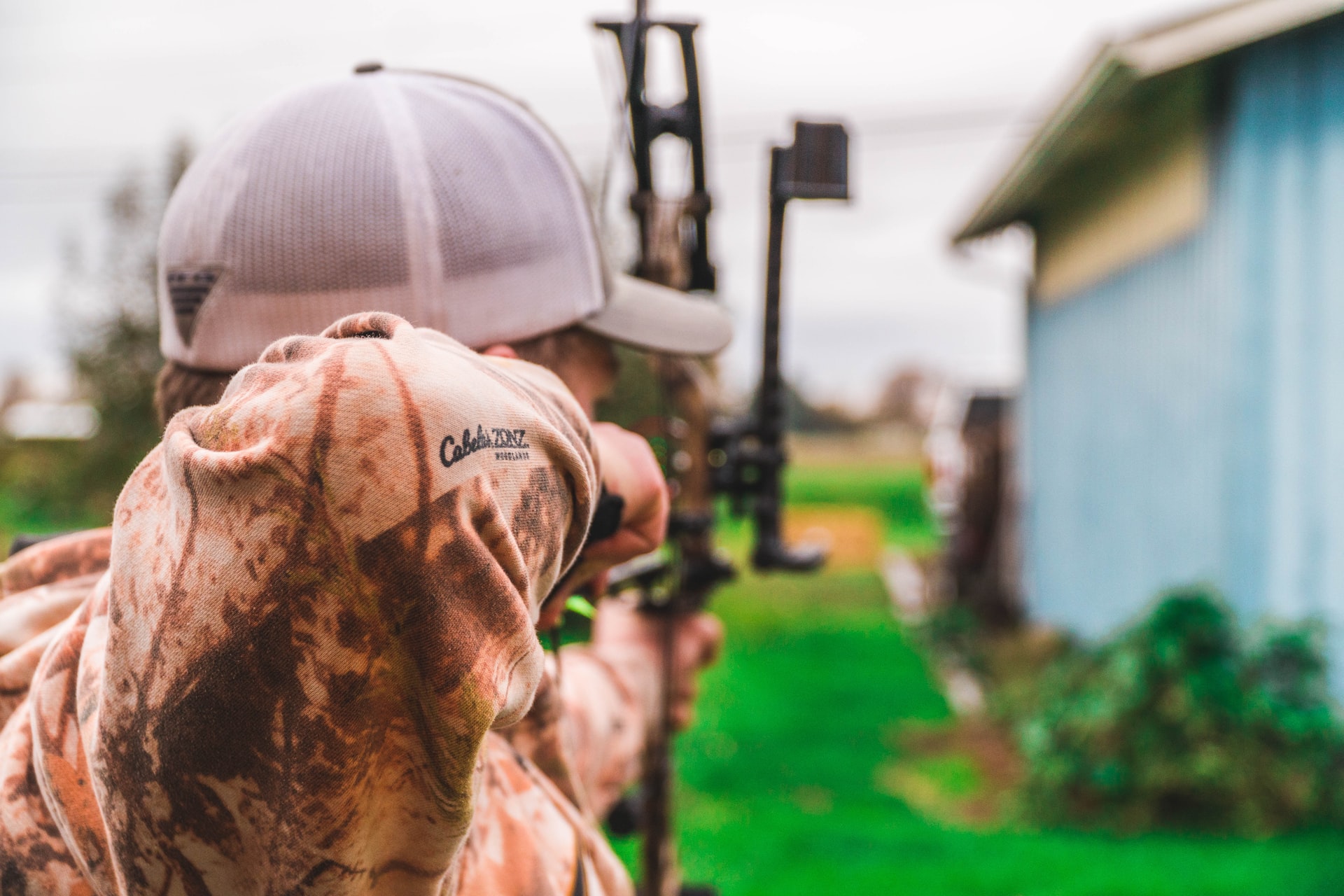
Increased Arrow Speed Pros
A flatter trajectory
-
- A faster arrow will travel faster and have a smaller arc over longer distances. If you’re shooting a fast-moving target or shooting at 35+ yards, a fast arrow is a better choice.
- A faster arrow means a smaller pin gap and means that your animal will not be able to move horizontally as easily when shooting your bow, which can mean a difference of a few seconds of travel time if shooting at long distances.
More shot opportunities
-
- A flatter trajectory also means less arc in your shot. This can be quite advantageous if you are shooting through tight spaces or in an area with overhanging vines, leaves, branches, etc. The slightest obstruction in an arrow’s flight path can knock it off course and cause a miss.
- Additionally, some hunting situations may only give you a small time window to actually execute a shot. If you’ve drawn back on an animal and it begins to move away from you you’ll appreciate having a faster arrow because you now won’t need to sweat a few yard difference on a flat shooting arrow.
String jumpers
-
- Some animals simply react incredibly fast at anything. Whitetail deer for example can be very skittish and move easily if they hear a bow go off. So much so that a perfectly executed shot will not mean anything when your target drops its torso 1 foot, now causing you to miss or hit high on the target. A faster arrow will reach its target faster, giving the animal less time to move.
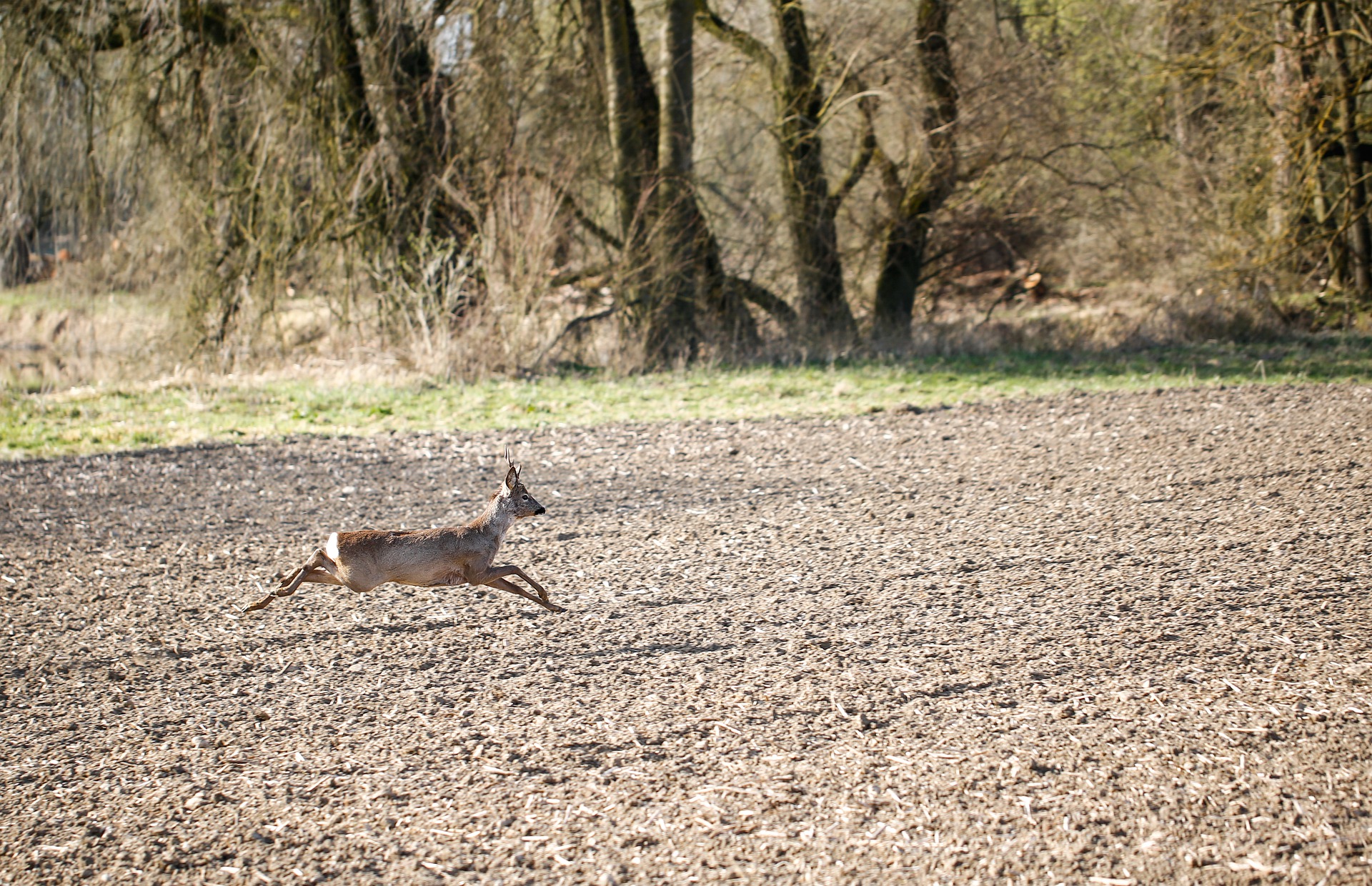
Conclusion
Picking arrow speed over arrow weight is a highly situation-dependent decision. Fortunately, modern bows are incredibly efficient and highly configurable, making many arrows work without much tinkering needed. Likewise, picking the right bow can help you achieve the best of both worlds. Know how you hunt and what you’re hunting, because these are the factors that will help you balance weight over speed when making configuration changes.





